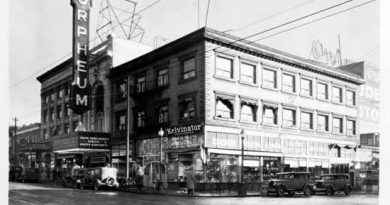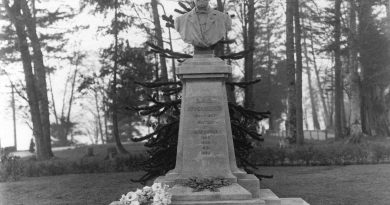Warren G. Harding & Stanley Park
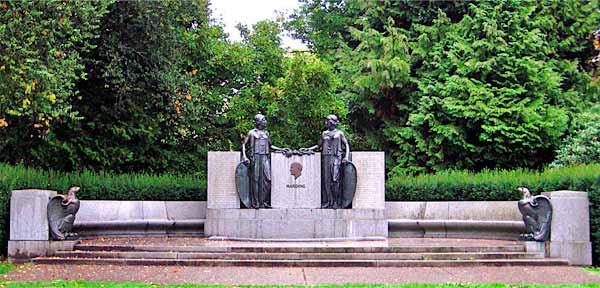
[Photo: Stephen Arod Shirreffs]
One of the more unusual pieces of outdoor sculpture in Vancouver is the huge, old-fashioned and impressive memorial to U.S. president Warren Harding in Stanley Park. The story of how and why that work was commissioned is interesting.
Harding had visited Vancouver July 26, 1923, the first sitting U.S. president to visit Canada. We were thrilled that of all the cities in Canada he could have visited he chose Vancouver. Harding wowed the locals. B.C. premier John Oliver and Vancouver’s mayor Charles Tisdall hosted a lunch in his honor at the Hotel Vancouver. An estimated 50,000 of us crowded into Stanley Park to hear him speak, thrilled that such an important figure was visiting.
He even played some golf while he was here. “After playing six holes of golf,” one Internet site says, “Harding became so tired that, to quell any suspicions, he moved to the 17th hole, then finished the 18th. That photo shows the Harding foursome. He later called for White House homeopath Sawyer, complaining of nausea and pain in the upper abdomen. Sawyer found the President had a pulse of 120 beats per minute and was breathing 40 times per minute. (Both of these readings are abnormally high.) Intensive cardiac therapy including digitalis was started.”
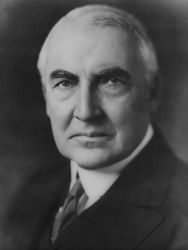
A week later Harding and his entourage were in San Francisco, and he died there, exactly one week after visiting Vancouver. The city was shocked and saddened. The Kiwanis Club—Harding was a Kiwanian—initiated a drive for a grand memorial to him in Stanley Park, at the site where he spoke. The monument was designed by Vancouver sculptor Charles Marega (also a Kiwanian), and unveiled in 1925.
In lists of American presidents ranked by effectiveness, Harding’s name usually comes last. He was, for one thing, a dreadful public speaker. A political foe called his speeches “an army of pompous phrases moving across the landscape in search of an idea.”
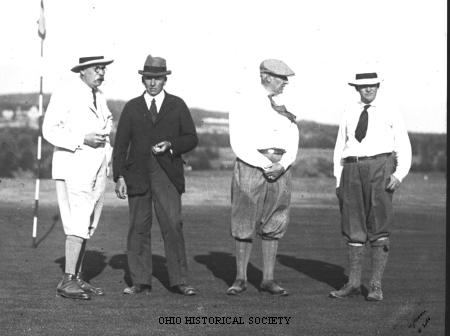
But he was undeniably popular with most of the American public . . . partly because, to quote one admirer, “He looked like a president.” He won his election by an unprecedented landslide of 60 percent of the popular vote. (He was, incidentally, the first president to be driven to his inauguration in an automobile.) On news of his death the nation was “plunged into mourning.” As the president’s ceremonial procession traveled from San Francisco to Washington, D.C., the New York Times said, “The public’s response is the most remarkable expression of affection, respect and reverence in U.S. history.” The Stanley Park monument is evidence of that same sentiment resonating in Vancouver.
Because his administration was noted for its corruption (from which he, himself, was apparently free), lots of theories about Harding’s sudden death popped up: he committed suicide, he was poisoned by his wife for his philandering, he was poisoned by fellow Republicans to rid them of an embarrassment, etc., etc. But Harding’s doctor was quite clear: the president had long suffered from high blood pressure and a heart attack was the cause of death.
Harding was succeeded by his vice president Calvin Coolidge.
Harding’s last words? As he lay on his death bed, his wife Florence was reading aloud flattering newspaper articles about him. “That’s good,” Harding said in response to one, “go on. Read some more.” And as she read he closed his eyes and died.

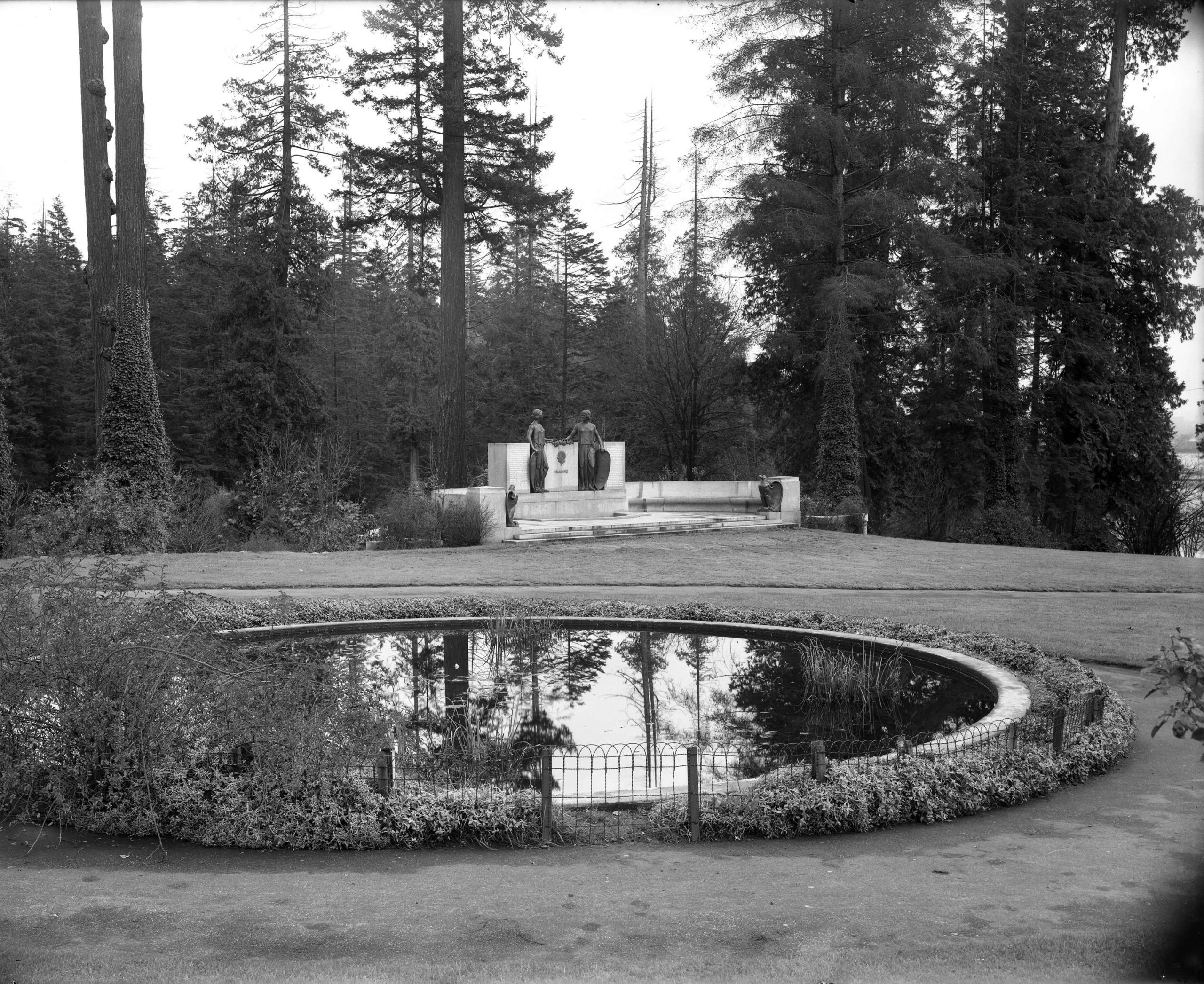
![832 Main Street in Hogan's Alley, 1969. [CVA-203-18]](https://vancouverhistory.ca/wp-content/uploads/2021/02/CVA-203-18-1024x777-1-390x205.jpg)
